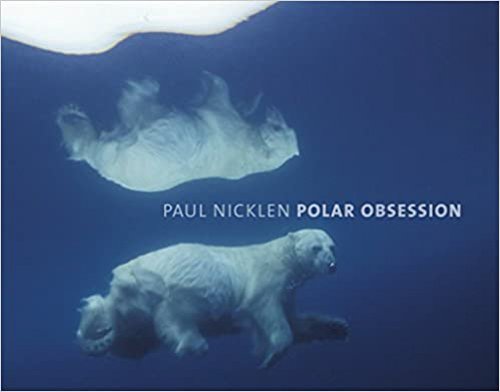Paul Nicklen
Since 1995, Nicklen has specialized in photographing the Arctic and its inhabitants. With an emphasis on underwater photography, Nicklen excels in working in harsh environments and cross-cultural situations. His photographic style reflects a reverence for the creatures that inhabit the isolated Arctic.
Working as a freelance photographer, Nicklen's photographs have appeared in National Geographic, Canadian Geographic, Natural History, International Wildlife, and Equinox. His work has taken him from tracking Stellar sea lions in the Aleutian Islands to diving with minke whales off Australia's coral reefs.
In the fall of 2000, Nicklen's first book, Seasons of the Arctic, was released by Douglas & McIntyre (Canada) and Sierra Club Books (U.S.).
At the 2000 BBC Wildlife Photographer of the Year competition, Nicklen received recognition in three categories: Underwater (Runner-up), Animal Behavior (Highly Commended), and "Dusk to Dawn" (Highly Commended).
Nicklen lives in Whitehorse, Yukon, with his wife, Lyn.
For more information about Paul Nicklen:
Books
Polar Obsession
The Arctic is in Paul Nicklen's blood. Born and raised on Baffin Island, Nunavut, he grew up in one of the only non-Inuit families in a tiny native settlement amid the ice fields, floes, and frigid seas of Northern Canada.
At an age when most children are playing hide-and-seek, he was learning life-and-death lessons of survival: how to read the weather, find shelter in a frozen snowscape, or live off the land as his tribal neighbors had done for centuries.
Today Nicklen is a naturalist and wildlife photographer uniquely qualified to portray the impact of climate change on the polar regions and their inhabitants, human and animal alike.
In a wise and wonderful intertwining of art and science, his bold expeditions plunge him into freezing seas to capture unprecedented, up-close documentation of the lives of leopard seals, whales, walruses, polar bears, bearded seals, and narwhals.
Bathed in polar light, his inspiring and amazing images break new ground in photography and provide a vivid, timely portrait of two extraordinary, endangered ecosystems.
(National Geographic Society, November 2009)

